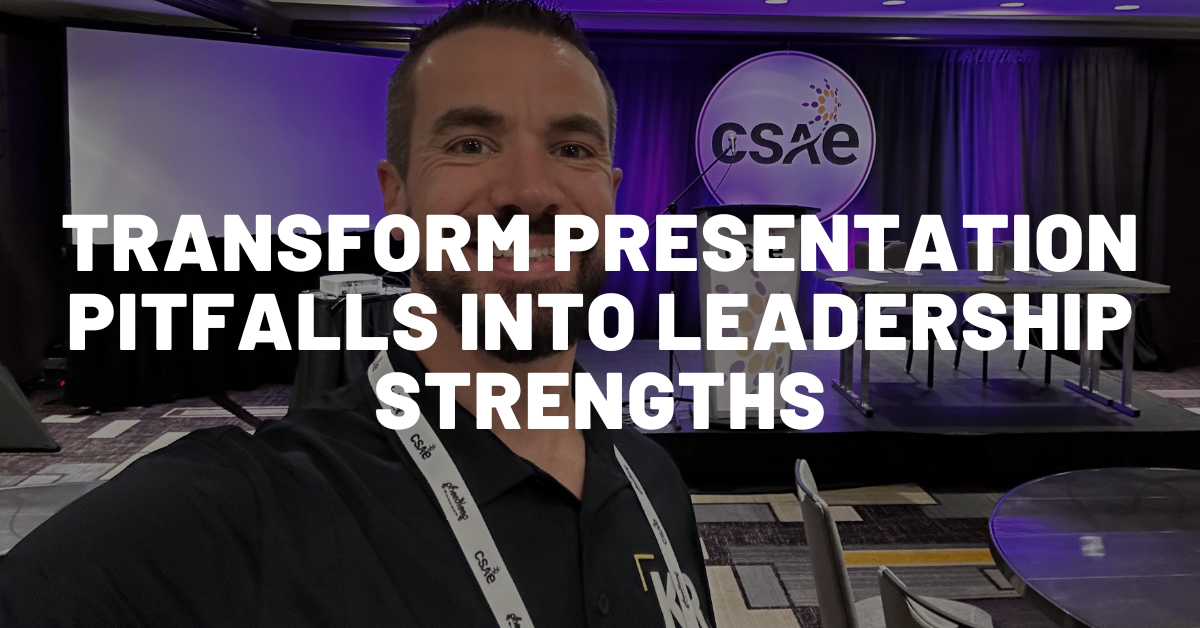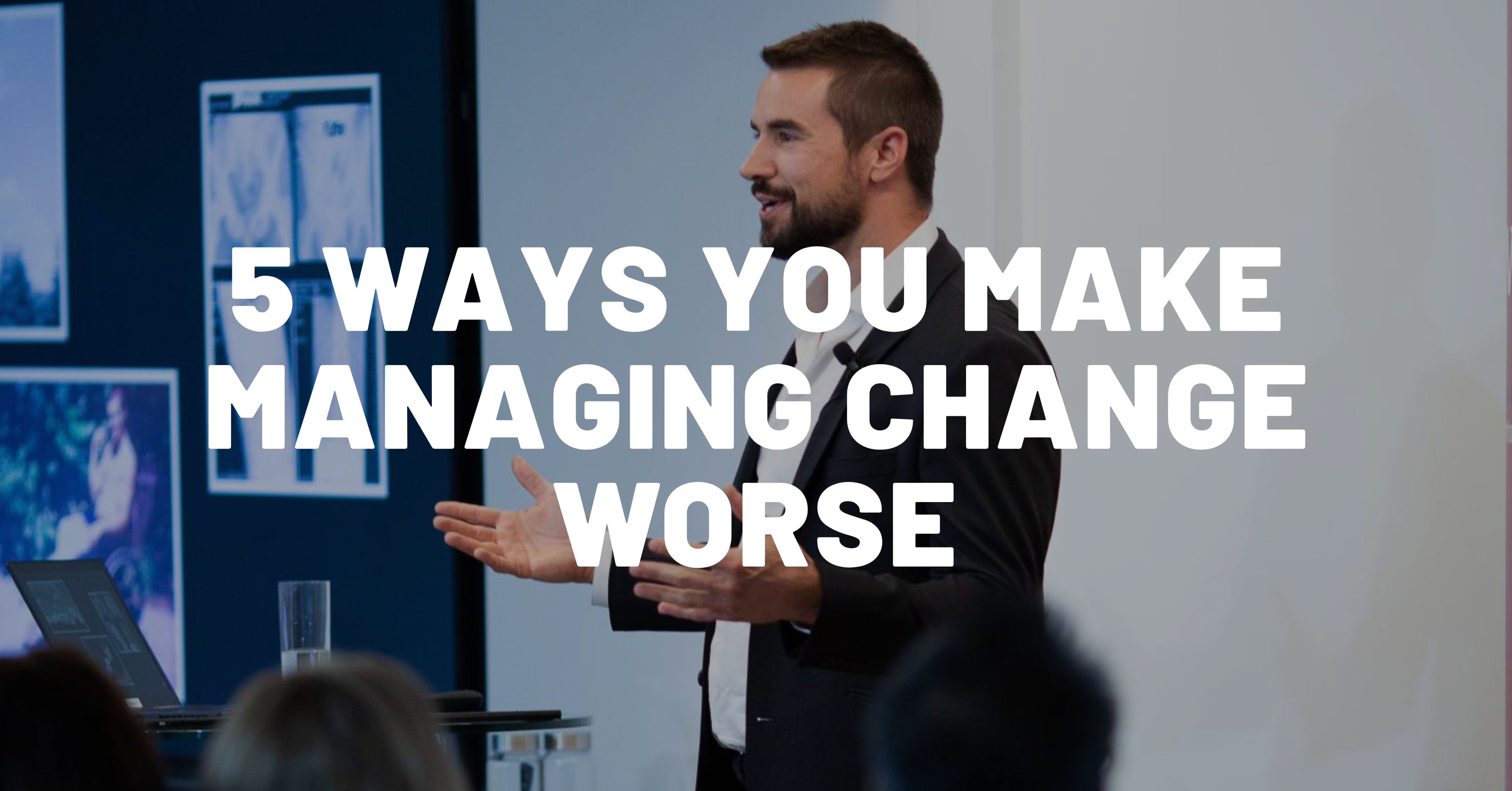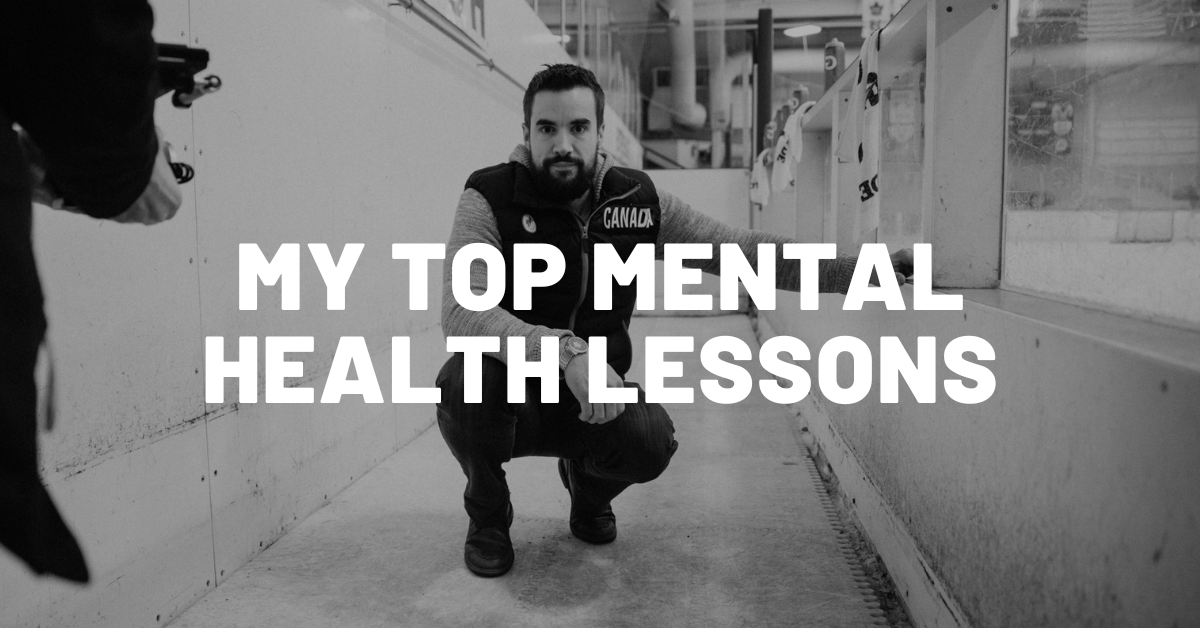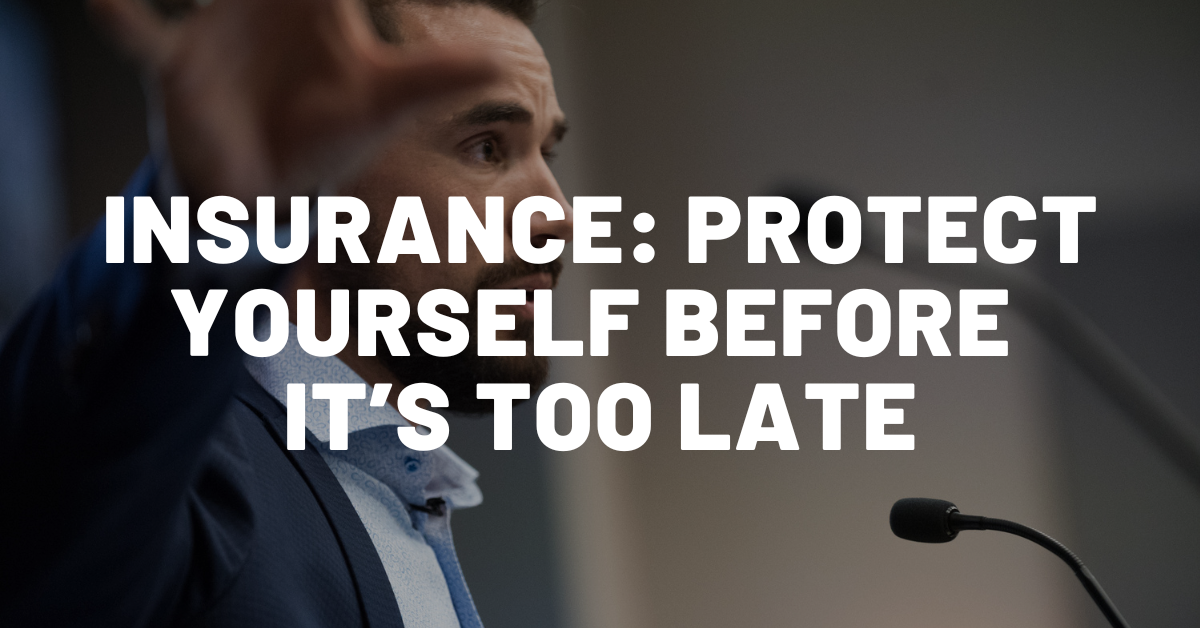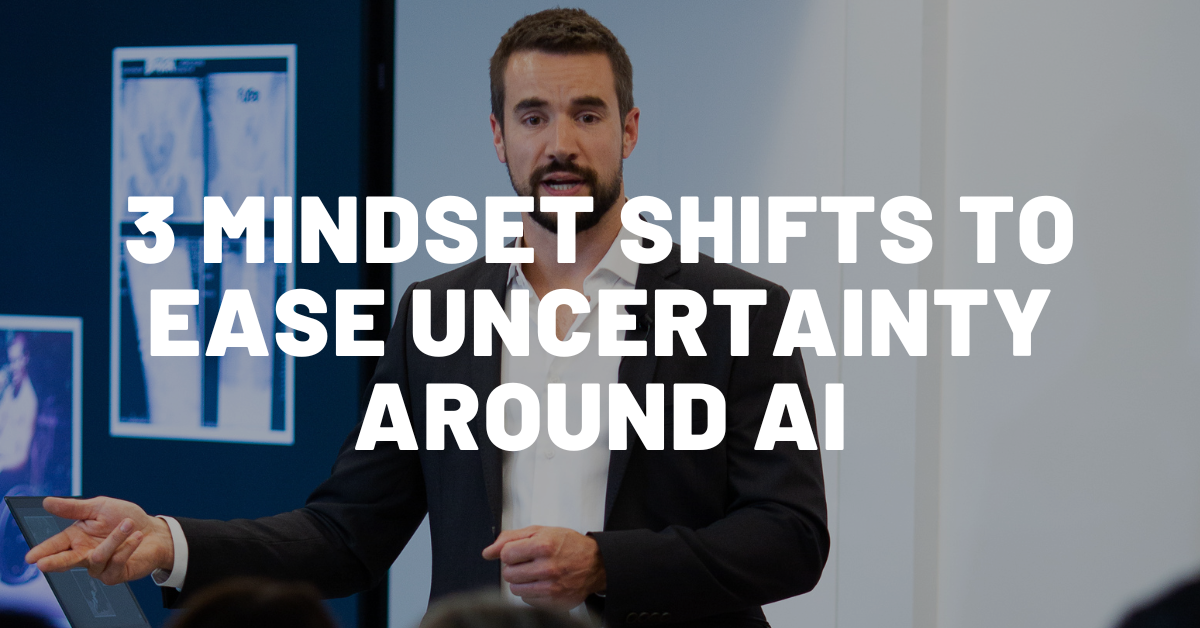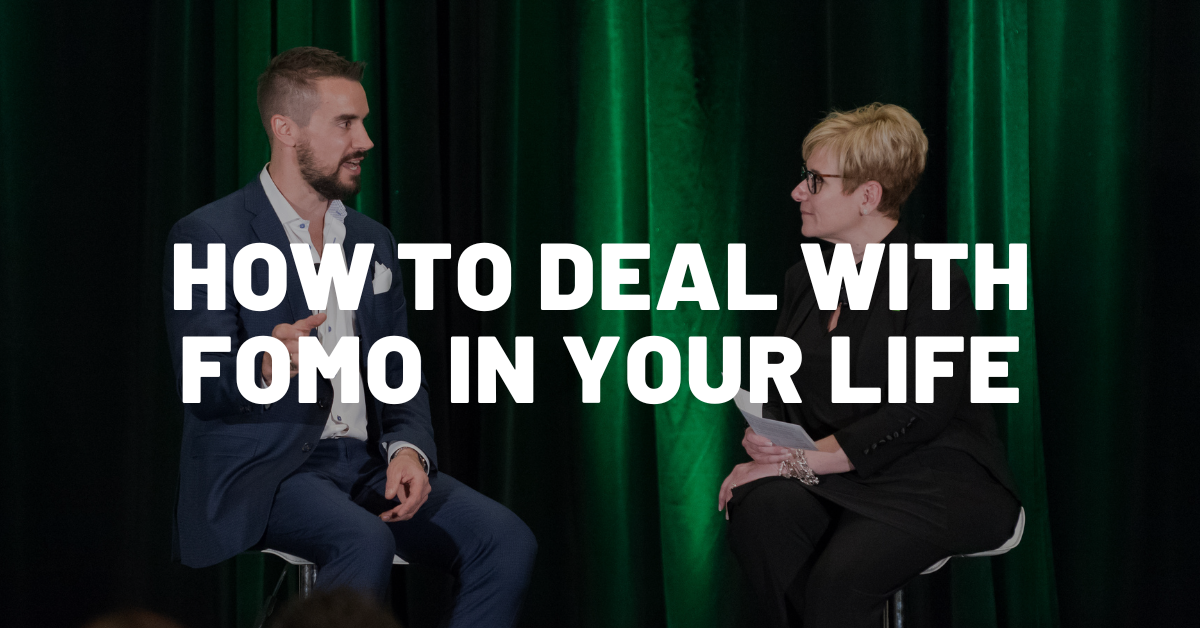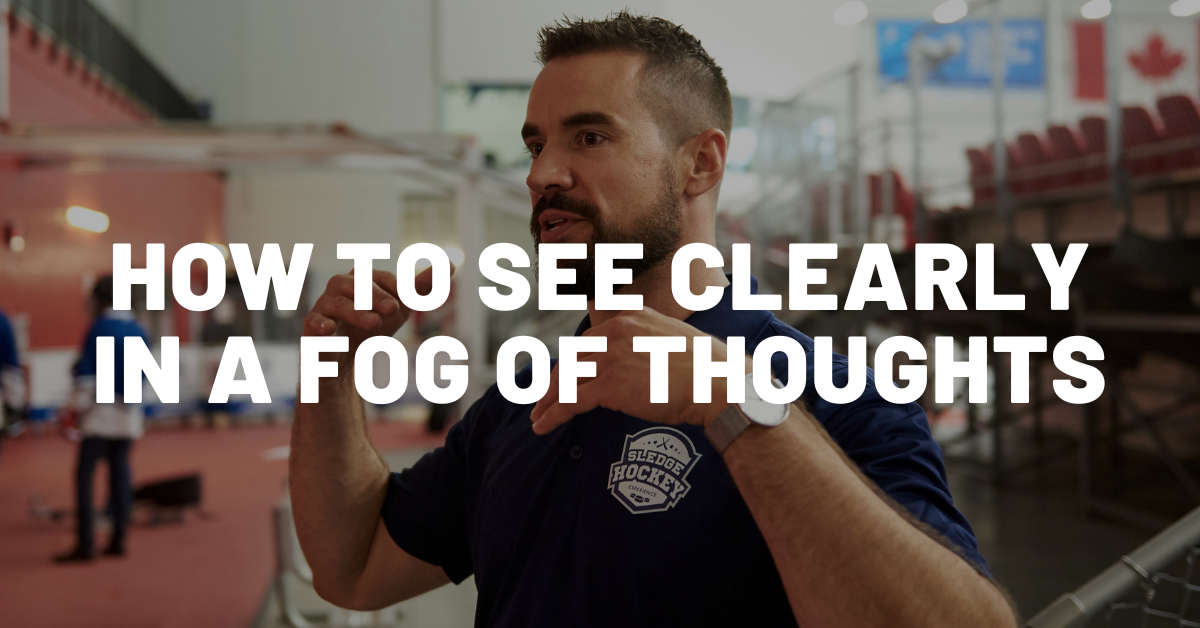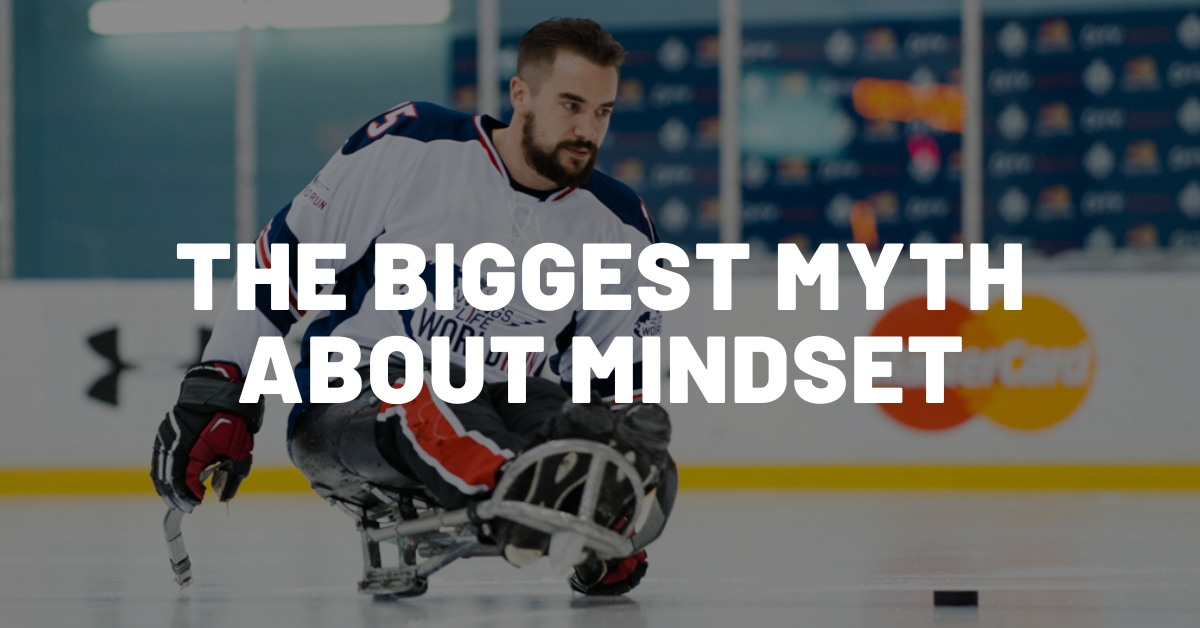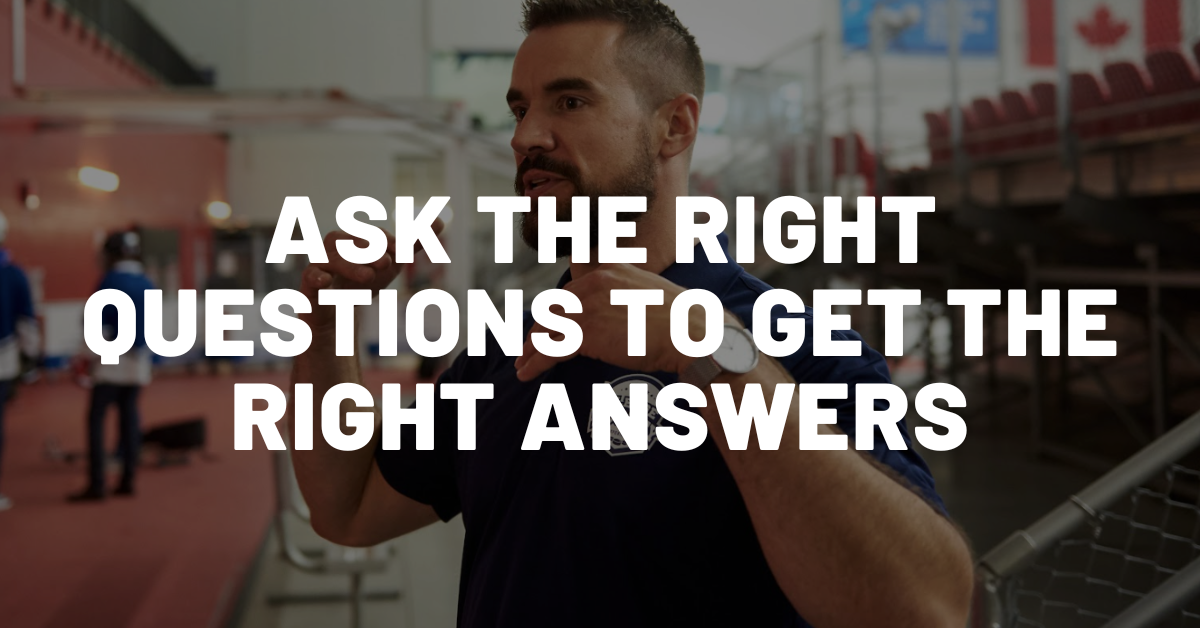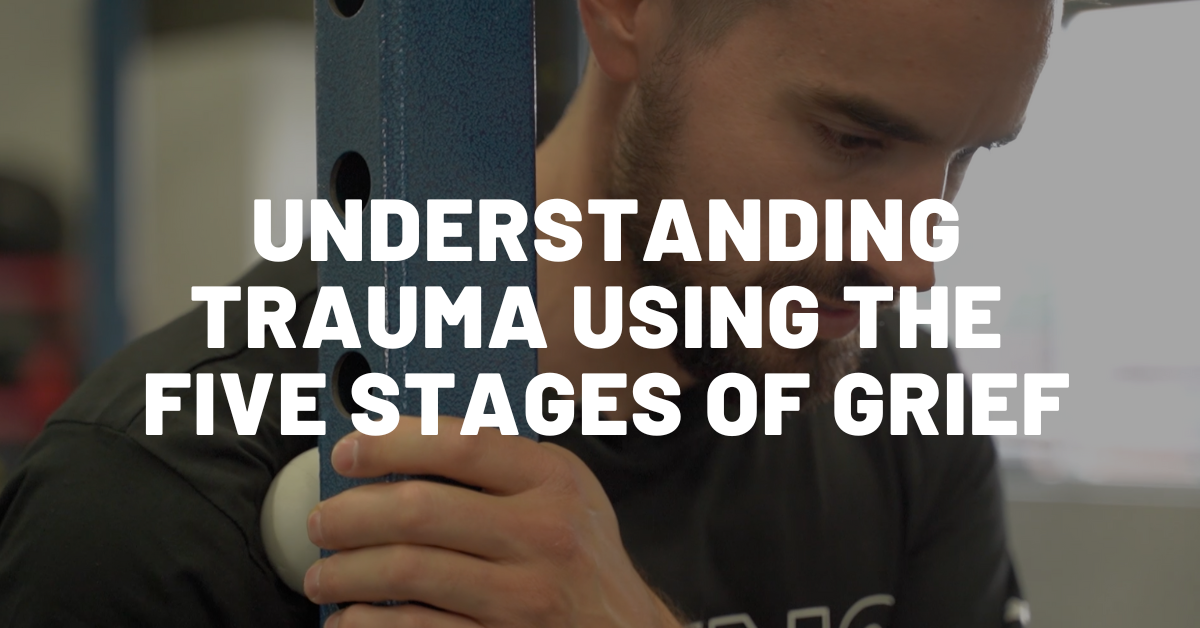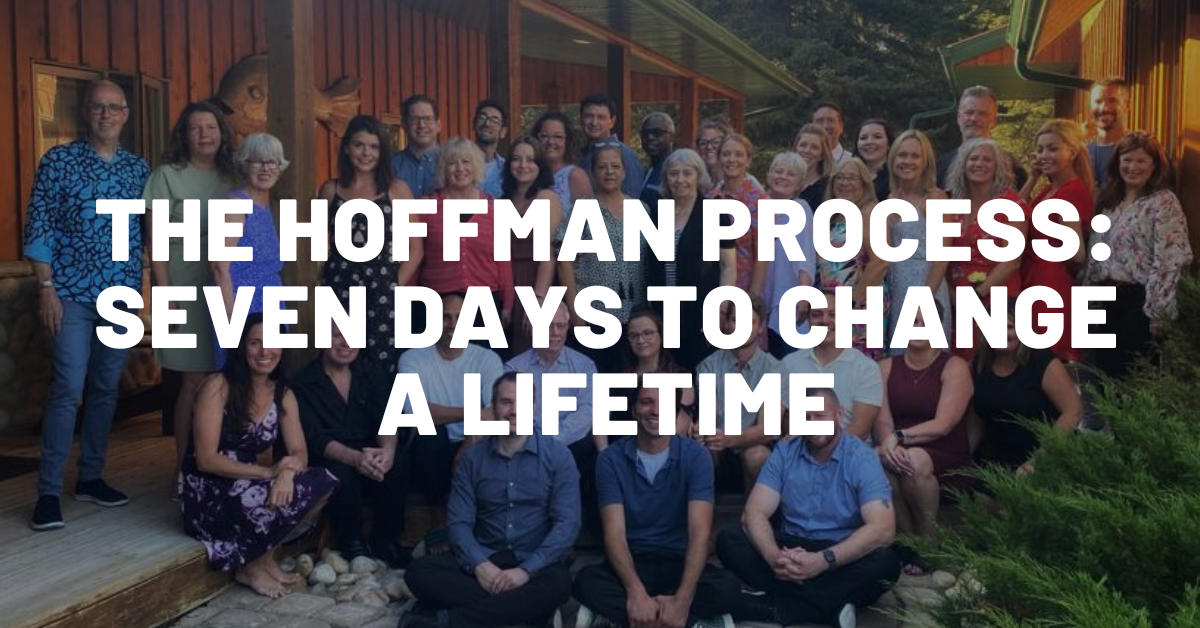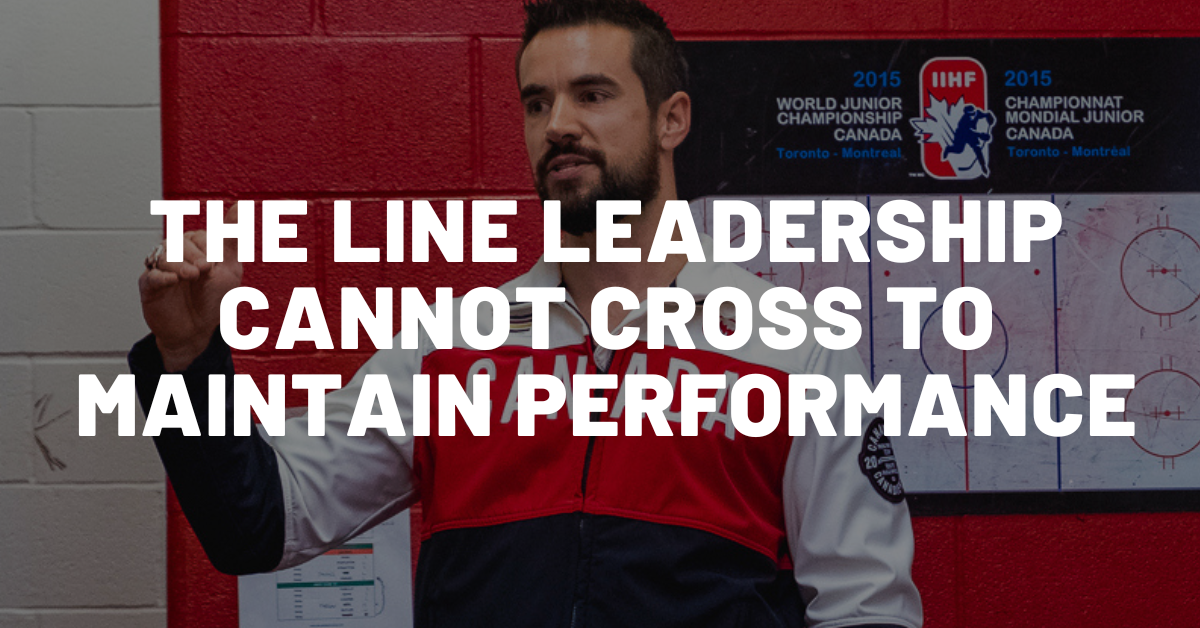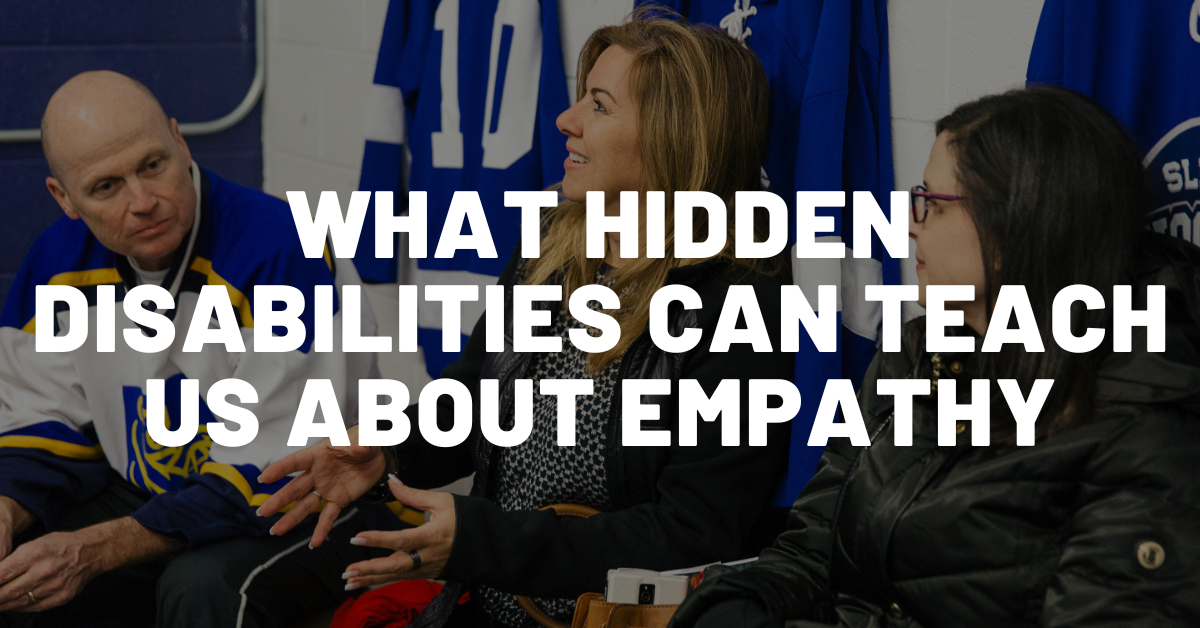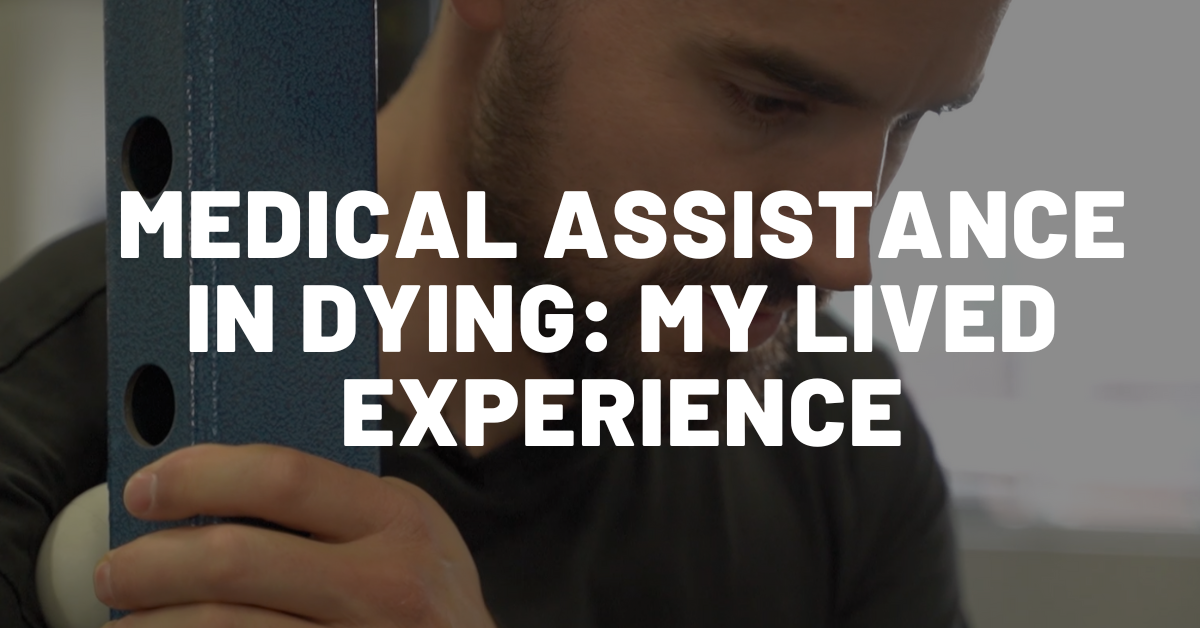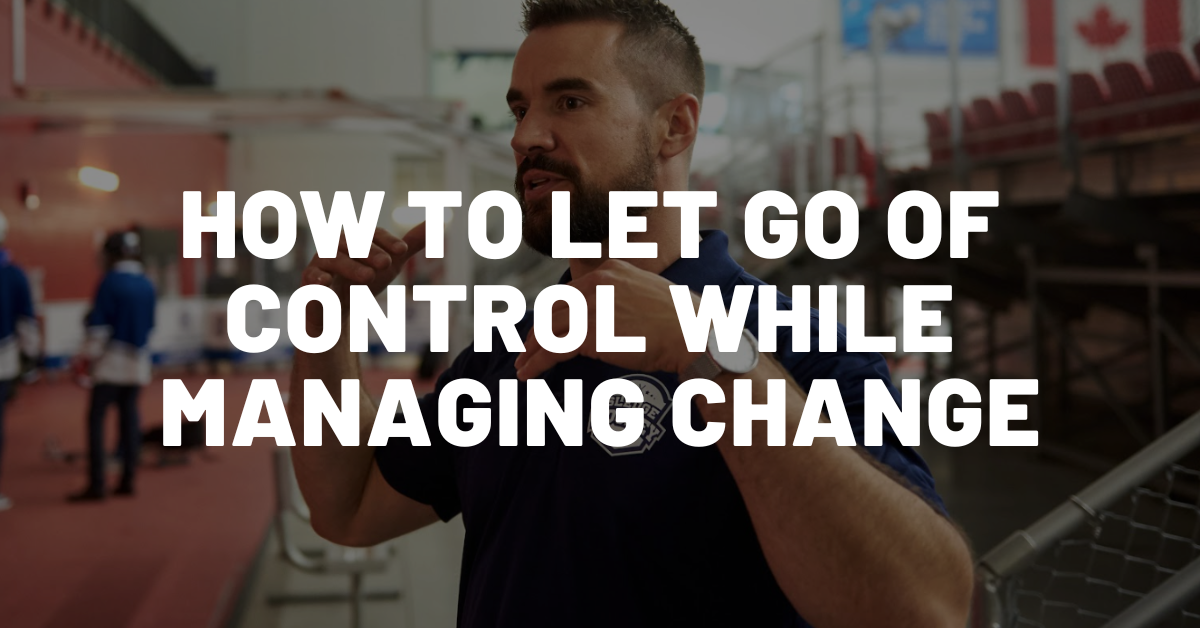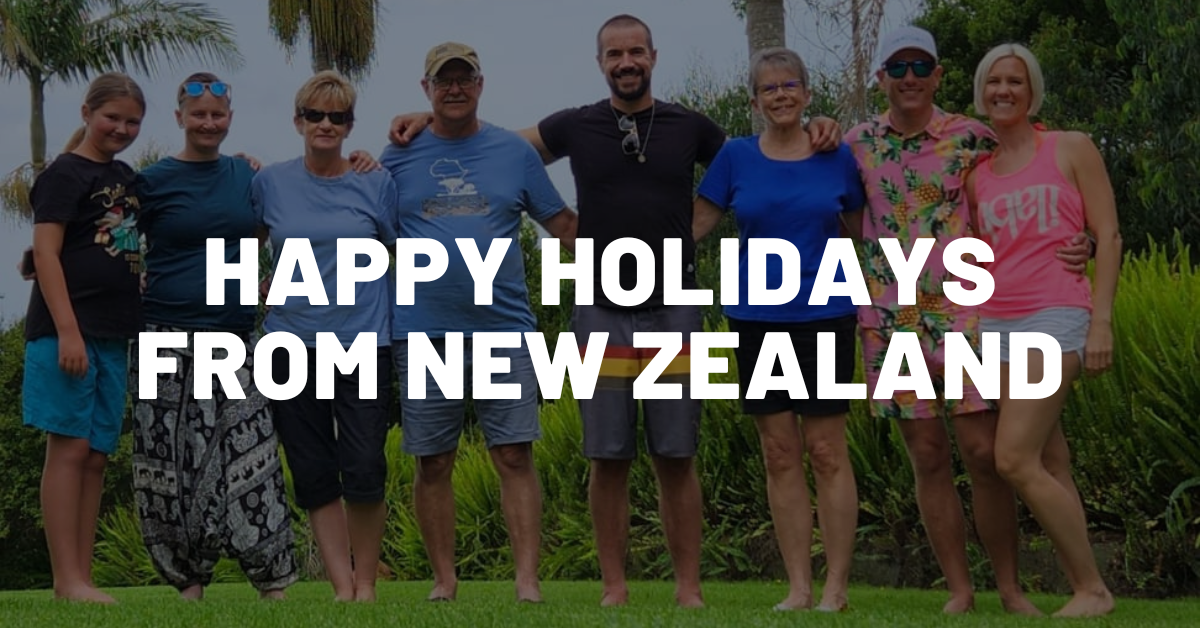Did you know that the average person is putting in 9.2 hours of unpaid overtime per week? Up from 7.3 hours just a year ago, that’s an entire day (and then some) of work that’s being given away for free. Overworking ourselves to the point of exhaustion is often regarded as a prerequisite for success. Reality is, this concept is simply not true, and one we desperately need to reframe.
The New Normal
Covid-19 catalyzed countless disadvantages, however, one key takeaway is that it shifted our focus, albeit forcibly, around our well-being, and opened up a much-needed dialogue. There was a paradox in that while many of us were separated from loved ones, we all collectively experienced a reconnection with ourselves. In one sense, we eagerly waited with bated breath for the outcome of the pandemic to reveal itself, while in another, we breathed a sigh of relief as we welcomed a more manageable pace of life, and a greater sense of empathy as we adjusted to the “new normal.” Altogether, we began to reap the tangible benefits of prioritizing our well-being over our work.
Prior to the pandemic, after my early-morning workouts that often took place between 5-6 am, I immediately followed up with putting 10-12 hours per day into my business – inclusive of weekends. In hindsight, I can see how a lot of my time was spent pouring into non-revenue-generating activities, like inconsequential social media posts, or spending copious amounts of time writing and responding to emails. But during that period, these activities truly felt imperative to my overall goals. With this routine, however, I barely had the time (or should I say, didn’t have any time at all) for social interactions, or for nurturing my personal relationships. I’d fallen into “hustle culture” and had subscribed to the “cult of overworking.” Despite how much I tried, maintaining this lifestyle just wasn’t sustainable, and I certainly didn’t know how to recover from burnout.
Toxic ‘Hustle’ Culture Can Create Burnout
Back in 2017, for the first time in my life, I was suffering from severe and chronic tension headaches. They were both constant and debilitating to the point where I would have to pull myself away from my desk for hours at a time just to a darkened room so the headaches would subside. While I’ll admit that does sound a bit dramatic, this is the stage it had gotten to. Even after those periods of rest, I’d return to my desk, and within 5-10 minutes, the screamingly loud, painful headaches would return, with an almost higher intensity. I felt trapped in the vicious and self-inflicted cycle of pushing myself beyond the point of exhaustion, just to satisfy the demands of the toxic work culture I’d become entangled in. The irony was, despite the fact that I was pursuing my own entrepreneurial interests, it just wasn’t fun anymore. I’d officially hit a wall, and something needed to give.
As a result, I ended up taking a two-month break where I did nothing but rest. It was at that point that I realized just how far beyond burnout I truly was. During that time, I was able to get back to balancing my three pillars of self-care – nutrition, sleep, and exercise – and I haven’t looked back since. Aside from never wanting to feel that level of defeat again, in terms of how many hours I was putting in without a return, I no longer wanted to continue sacrificing important areas of my life. I had to admit that, through my own doing, my health was on a downward trajectory – I had no social or dating life, my money situation was dire, and nothing I was doing panned out in the way I thought it would or should. I was ignoring clear indicators that I was burnt out, and was instead working harder, and not smarter. It seems that many of us, whether entrepreneurs or corporate employees, fall into this category and trap.
Finding Work/Life Harmony
One of the best takeaways I had from the pandemic was to not think in terms of “work/life balance,” but rather in terms of “work/life harmony.” It’s the framework from which I now operate in order to disengage from a society that glorifies overly ambitious workaholism. As “overwork culture” makes its way back, especially in light of returning to a world that resembles more of a pre-pandemic setting, it’s worth mentioning here that there’s a valid reason why the “Quiet Quitting” movement – which entails doing less at work, as opposed to actually quitting – is gaining traction.
While there’s no side-stepping the fact that there are expectations of us at work, it’s important that, even when we love our jobs, we’re able to decipher between a reasonable and unreasonable task. If quiet-quitting entails working reasonably and still getting the job done, I support it! It’s all about creating a harmonious and fulfilling balance between working and living.
Five Simple Solutions to Avoid Workaholism and Burnout
I wouldn’t feel right delivering one of my workshops on boundaries and burnout, or stress and anxiety if I didn’t practice what I preach. So with that said, let’s jump into five things you can do to lessen your chances of burnout.
- Listen To Your Body To Help Make Better Decisions
Due to my spinal cord injury, my biggest indicator is listening to my body. I ask myself questions such as: Am I in pain right now? Am I tired? What does my body need right now? What needs to happen next? What will happen if I don’t do these things? How long can I/will I wait before it’s too late? Be very honest with yourself when answering, because ultimately, if you’re in poor health or unbalanced in any of the three pillars of self-care, your productivity and functionality will be the thing that suffers. When you find an answer to one of these questions, take action.
- Practice Saying “No”: Self-Identify Your Values & Limits
The gambling campaign, “Know your limit, stay within it” is appropriate here too! Many of us are weary of saying “no” for fear of being reprimanded or disappointing our manager, peers, or even ourselves. While we should all strive to achieve our goals, we should also consider whether there is a value alignment and whether the time and energy required is reasonable in light of our own personal limitations. It’s about quality, not quantity.
- Focus On What NEEDS To Be Done
There’s a difference between an important task and an urgent task. Most of us get distracted by the “shiny object syndrome” and tend to complete short deadline-driven tasks, such as scheduling emails, but pieces of work like these are relatively unimportant. Identifying your “Top Three Rocks” and scheduling time (instead of that email!) can dramatically enhance the likelihood of the important work getting done.
- Colour Code Your Calendar
Previously, I had difficulty fitting personal and social time into my 12-hour workdays. Here is a solution that is straightforward and simple; visually illustrate how you spend your time. This will not only increase your productivity but will also allow you to clearly see what is and isn’t work-related. If too much of one colour is detected in a week, there’s obviously an imbalance, and that can easily be rectified.
- Pre-Plan Trips & Time Away From Work
Not only is scheduling time to detach from work something to look forward to, it’s also essential. This rings especially true when keeping in line with the “work/life harmony” framework, as well as our need to maintain our overall health and well-being. Stepping away from work, even for short periods, has been proven to be energizing and vital in keeping our ideas clear and in focus. Therefore, it’s a no-brainer that scheduling periods of time away for vacation or mindfulness will help boost productivity.
The bottom line is that balance is achievable, we just have to ensure we actively pursue it. If you’re in need of a few pointers, you can download my Ultimate Template for Boundaries and Burnout to help get you started!
—
Enjoyed this article? Here are three more to help you succeed:
5 Tips to Focus on Your Wellbeing
How To Create Boundaries Returning to Work
How to Meaningfully Connect Virtually
—
Whenever you are ready here are the 3 best ways I can help you:
- Get a FREE copy of my autobiography (click here)
- Looking for a speaker for your next event? (Contact Kevin)
- Learn more about The Resilience Toolbox Workshop (click here)

